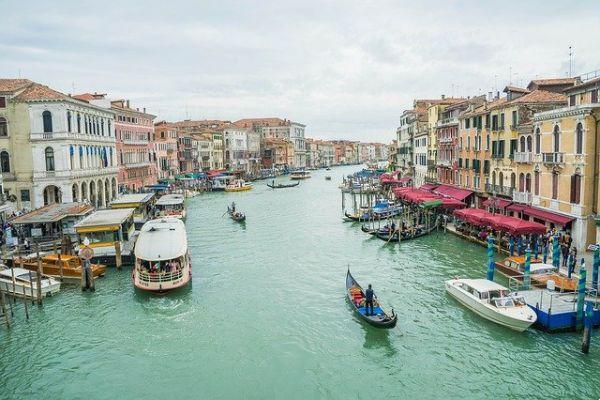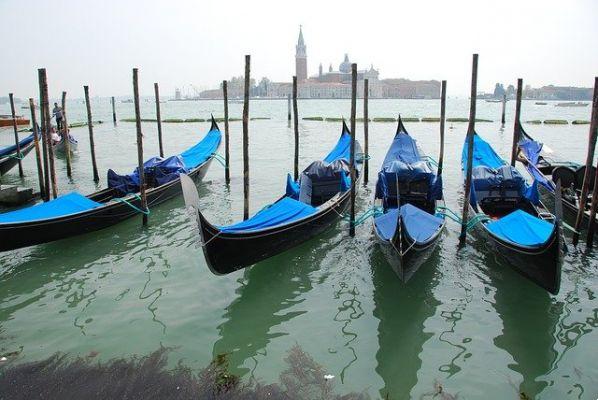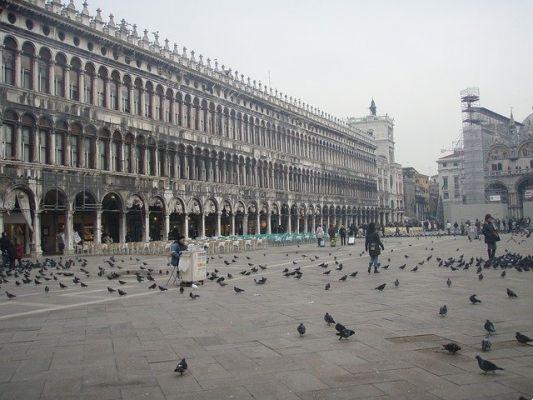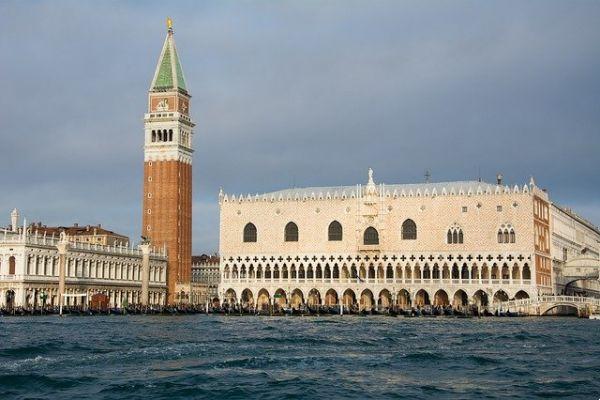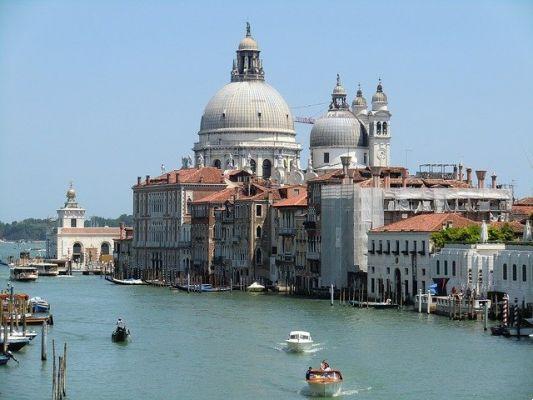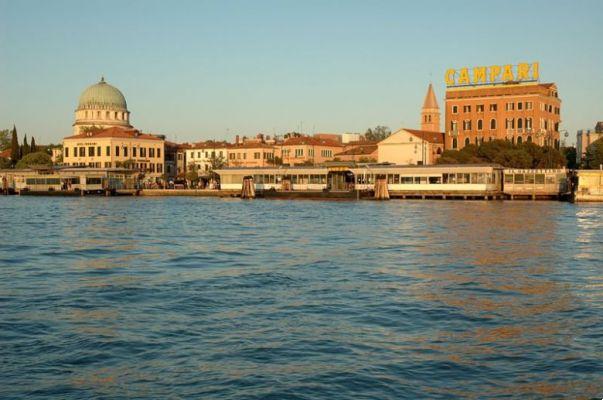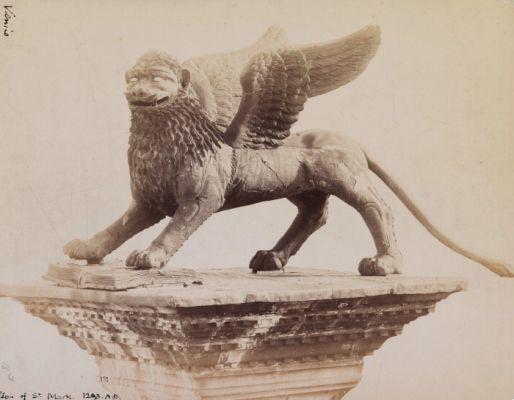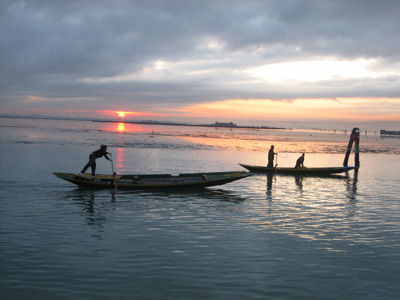
- How to get around in Venice useful tips and information
- Where to stay in Venice?
- Where and what to eat in Venice?
- Typical dishes of Venice
- Places to visit in Venice
- Venice photo gallery
How to get around in Venice useful tips and information
Venezia due to its size it can be turned entirely walking, and this is perhaps the best way to get to know it thoroughly.
The advice I give is to have a good map.
Strolling through the narrow streets of Venice will surely make you appreciate this spectacular city to the fullest.
Among other things, the main routes are marked by yellow signs placed on the buildings.
Within the City Map you will find accessible Venice itineraries, barrier-free itineraries designed for people with motor disabilities, but which are still a suggestion
for all those who want to experience the wonders of the city and enjoy its indisputable magic.
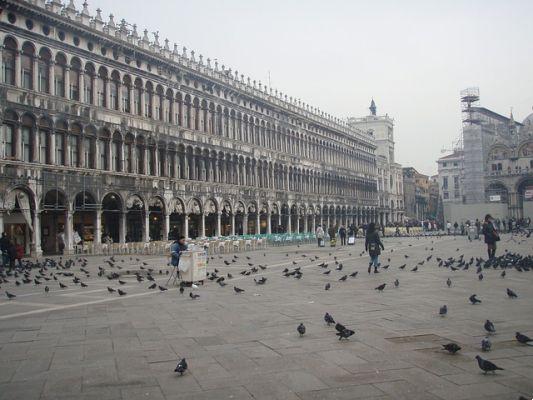
For those who prefer move through the waterways definitely for those who want to save the "vaporino" or "ferry”Of the ACTV is the ideal means of transport for getting around Venice. Speedboats, taxis and more are very expensive.
Visit Burano: what to see in one of the most beautiful colored cities in EuropeTickets can be purchased ACTV at the jetties or at the VE.LA. There are different rates, find out which one is best suited to your needs.
Tickets purchased in tobacconists, newsagents and bars must be stamped before boarding.
Tickets are not sold on board: if you really got on without a ticket, notify the sailor immediately.
You will pay a surcharge, but you will avoid the penalty.
Venicecard it is a single ticket to access the main tourist services of the city.
In the Map of the town of Venice you can identify the vaporetto stops and the list of places of interest that you can reach from the various landings. The ACTV navigation lines are: city center ACTV lines, city center ACTV lines, lagoon ACTV lines.
Where to stay in Venice?
We booked a cheap hotel room and lived there for five days.
We were really lucky to get the hotel at a great price, considering that Venezia it is a very "expensive" city.
And we thank the staff of the site that offers very advantageous offers!

Where and what to eat in Venice?
We do not want to give you a list of the trattorias or restaurants you find in the lagoon: you can find it practically everywhere on every guide.
I want to make you just one warning: unfortunately it is not easy, here less than elsewhere, to combine quality and economy.
Ptypical dishes of Venice
Seafood cuisine, therefore, which prevails, but not only: the lagoon is also land, albeit sui generis.
Risotto is a must, such as the "risotto alla ciosota”With gobies from the lagoon, a gift from the neighbor Chioggia, risotto with eel and prawns, "caparozzoli risotto"(Shellfish), but also risotto with quail and the amazing"pasta and fasoi“, A very simple but delicious dish, common to the whole Venetian tradition.
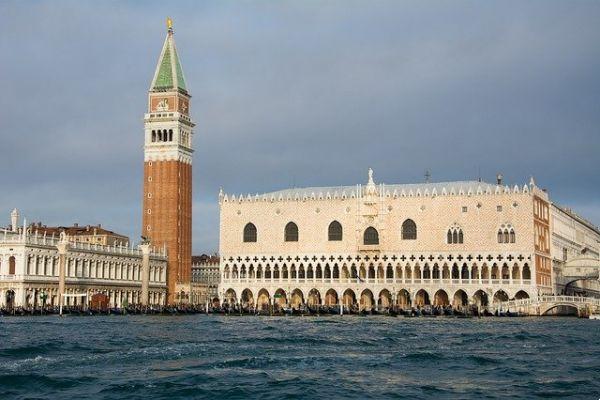
Among the latter, the "beveled on the altar”(Literally eel on the stone) specialty Muranese par excellence, the "baby boy", When it is in season (crabs in moult, that is, with an exceptional soft shell fried or battered or even in an omelette), sardines" in saor ", a legacy of ancient Venetian cuisine, and then cuttlefish, prawns, peoci (mussels), le cape (scallops) and so on, without of course forgetting the Venetian liver.
Among the desserts it is worth trying the Burano biscuits, the Buranelli.
Here is a video that portrays all the beauty of splendid Venice:
Places to visit in Venice
The lagoon
Hundreds of islands, large or tiny, inhabited or uninhabited, some stable, others in decay, others still in formation.
Water continuously works the earth, permeates and shapes it, creating a highly unstable world.
The whole lagoon should be seen and tasted inch by inch, with its smaller and little known islands; however we have chosen the three most famous islands close to Venice: Murano, Burano and Torcello.

Murano
It is for everyone "theglass island”But anyone who gets the idea of an island entirely devoted to the productive industry would be wrong.
We say rather than in Murano two souls coexist: one dedicated to work and the production of artistic glass, the other more calm, peaceful, almost Levantine and governed by rhythms of other times.
Who comes to Murano is immediately struck by the great canal that crosses it and characterizes it and immediately recognizes a "little Venice"Built only with more parsimony, almost with sobriety: on the other hand Murano originated in 1291, when following a fire that destroyed a large part of Venice, the Maggior Consiglio decided to transfer all the glassworks and their furnaces.
Di Murano you are left with a load of images and sensations, the most varied: from the stereotype of the glass blower who shapes the usual multicolored pony in the shop to the memory of the Canale dei Vetrai full of commercial ferments, from the image of the mighty lighthouse in stone to that of two old men who "ciacolano”In front of a shadow.
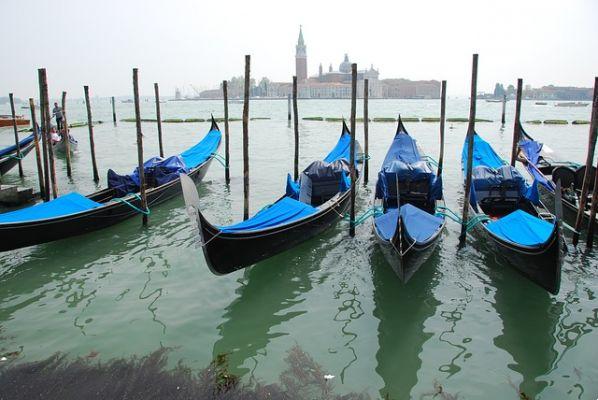
Burano
A delicate legend introduces Burano, a splendid island in a central position in the lagoon, announced by the lopsided bell tower of the Martin's Church.
It is said that a young Buranello (as the inhabitants of the island are called) had to leave for trade, with his ship, for the Far East, leaving his beloved girlfriend at home.
During the journey he met, novello Ulysses, the bewitching sirens and tied himself and his traveling companions to the ship's mast so as not to fall into temptation.
The queen of the mermaids, amazed by the loyalty of the young man and by his willpower to reward him, raised the foam of the sea with a flick of the tail, which falling at the foot of the sailor transformed into an enchanting bridal veil

When the young man returned home some time later, the women of the island, admired by this beauty, began to try to reproduce it: hence the tradition, all buranella, of lace making.
However Burano is not only the island of lace: Burano it is also and above all the island of colors, an infinite explosion of colors that brushes the houses of this village.
Blue, scarlet red, yellow facades and more, from which the characteristic windows peek out, framed, as a quirk, by a white frame.
Sometimes the colors are faded, worn by the saltiness and the air of the lagoon, other times you perceive them enlivened by a skilful and recent coat of paint.
Torcello
Disembark a Torcello is to access a corner of our memory that we had forgotten: your steps resound on the brick path that takes you to an unreal place between uncultivated fields and vegetable gardens to the large square that rises in the heart of the island, a vestige and testimony of a past great.
And never as in Torcello does the past seem truly "past", in the unreal atmosphere with ghosts and ancient suggestions.
The island, as shown by the archaeological excavations, was perhaps the most important center of the lagoon and was inhabited by the Romans since the XNUMXst century AD; there are two jewels that still stand out in Torcello today: the church of S.Fosca and Cathedral of Maria Assunta.
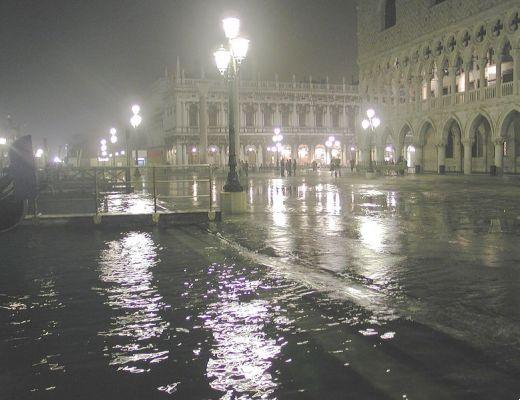
The latter dates back to the seventh century. and it has a Romanesque plan, austere outside with its brick walls, shining inside with marble and mosaics; the first dates back to the XII century. and has a central plan of Byzantine origin. Torcello also houses a fabulous Artistic-Archaeological museum: open from 10.30-17 from Tuesday to Sunday.
It is closed on Mondays.
Venice photo gallery
